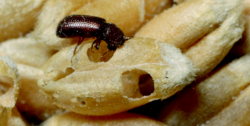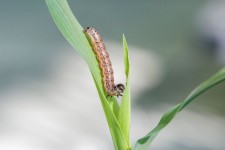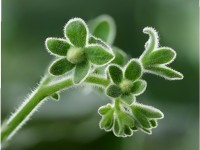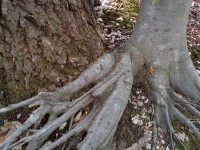Speciose mixed forests against humus loss in alpine forests

Alpine forests will be at great risk should weather phenomena such as droughts and torrential rain become more frequent. As a study by the Technical University of Munich (TUM) shows, the mountain forests of the Bavarian Alps have seen a significant reduction in topsoil organic matter over the past three decades. The study authors’ recommendation is therefore to preserve, or …




